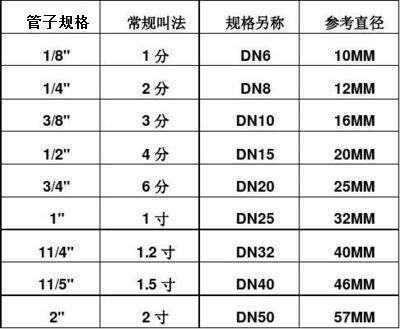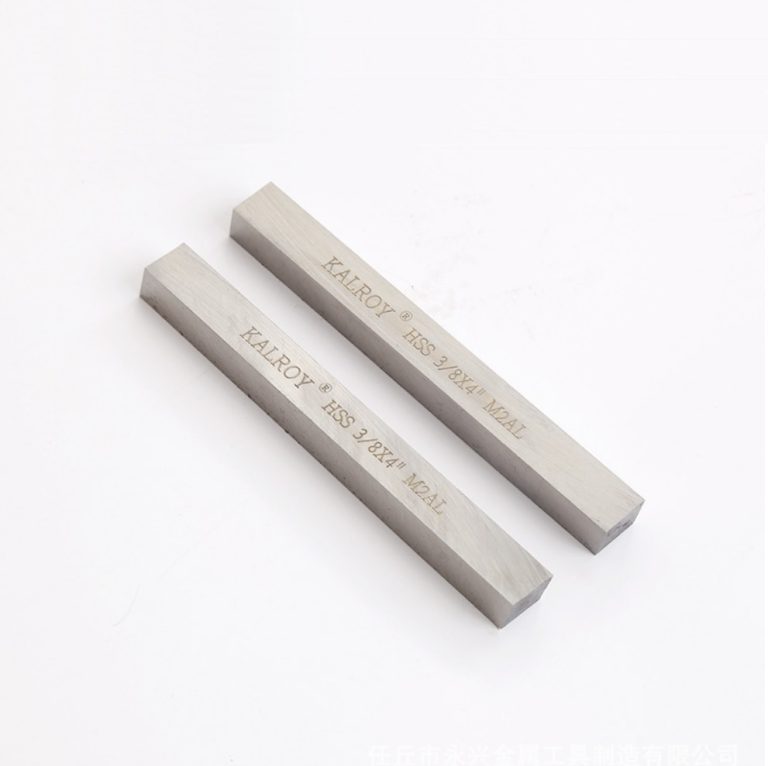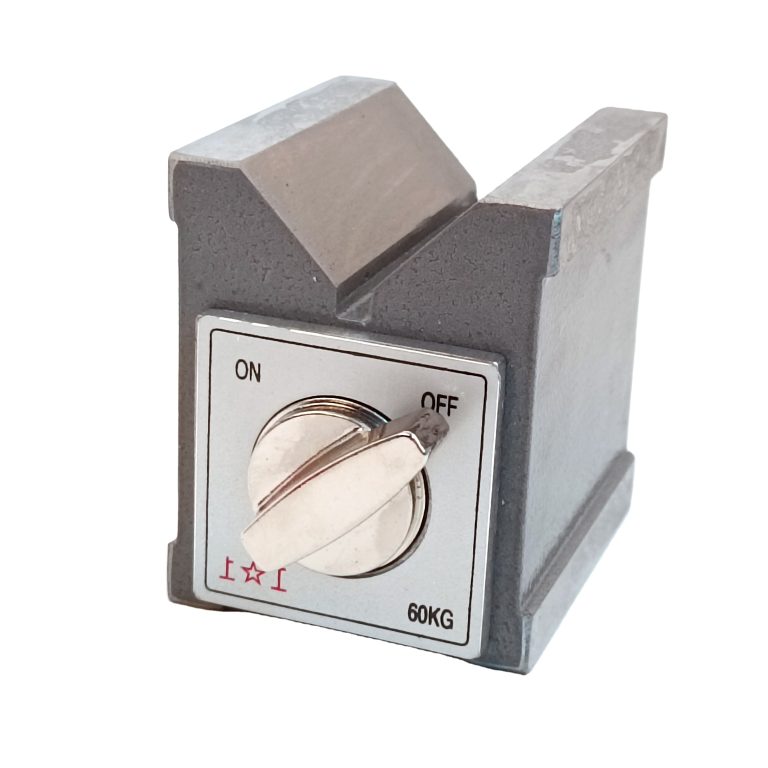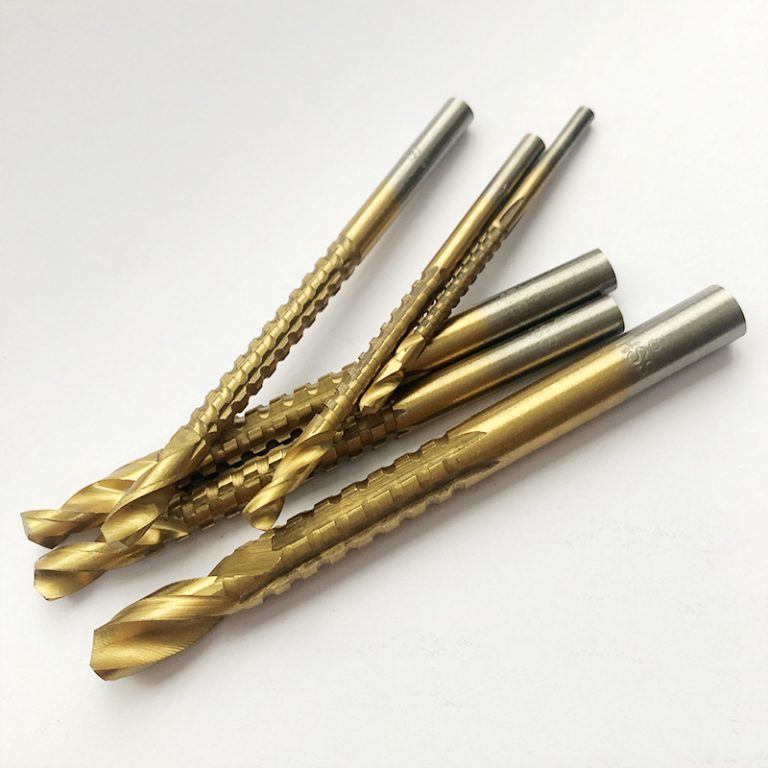Tool size international inch (in) and metric centimeter (mm) conversion
Tool size international inch (in) and metric centimeter (mm) conversion
Inch (inch, abbreviated as in or ″), also known as “inch”, is an imperial unit of length, which is used in the British unit of length, and is also used in the United States, Canada, Australia and other countries. “Inch” is a polyphonic Chinese character created in modern times. That is, a single Chinese character is pronounced with two syllables, and the pronunciation is the same as “inch”. The traditional Chinese unit of length “inch” is borrowed and added next to the mouth to show the difference. In mainland China, a single Chinese character “inch” is rarely used as a unit at present, and most of them are used directly. The word “inch”. It is said that in the 14th century, the British Emperor Edward II issued a decree, specifying the length of an inch. It is not the length of the average thumb, but the three longest grains selected from a handful of barley ears The length after being lined up in sequence.
Feet (foot, symbol ft or ‘), also known as “feet”, pronounced the same as “feet”, an imperial unit of length. Almost all real estate transactions in Hong Kong will be calculated in square feet. The origin of feet is also very interesting. It turns out that one foot is the length of one foot of an adult man. However, the length of human feet varies from person to person, and a standard foot length must be specified. This work was done by the Germans in the 16th century, and the method is very simple. On a Sunday morning, they left the 16 men who came out of the church first, and asked them to stand together, add the length of their left feet together, and divide by 16 to get a The average foot length, which becomes the “standard legal foot.”
Inches, feet, and metric unit length conversions:
The imperial unit does not follow the decimal system, nor does it carry. The conversion between the old and new units usually selects numbers with more divisors such as 8, 12, and 16. The conversion process between imperial system and metric system is as follows:
12 inches (inches) = 1 foot (feet), 36 inches = 1 yard, 1 inch = 25.4 millimeters (mm);
Introduction in practical application: Since there are no units such as cents and British wires in the imperial system, the length below 1 inch is expressed in fractions of inches, such as 1/2, 1/4, 1/8, 1/16, 1/32, 1/64, etc. China is used to calling 1/8 inch 1 cent, so when we buy water pipes, we will encounter the saying of 4 cents and 6 cents. 4 is about 0.5 feet, 12.7mm, but it is generally rounded to DN15. Therefore, we often say that the 4-point tube is DN15 tube, the 6-point tube is DN20 tube, and the 1-inch tube is generally DN25 tube (see the table below for details). In addition, when we buy TVs or monitors, we usually say how many inches a TV is. Here we refer to inches, that is, “inches”. In fact, this value generally refers to the diagonal length of the display screen.
Detailed explanation of inches and feet, attached (commonly used specification comparison table)

I hope that after reading this article, you can clearly understand inches and feet in imperial units and be able to flexibly convert them to metric units. If there are any deficiencies, please let me know, thank you!







